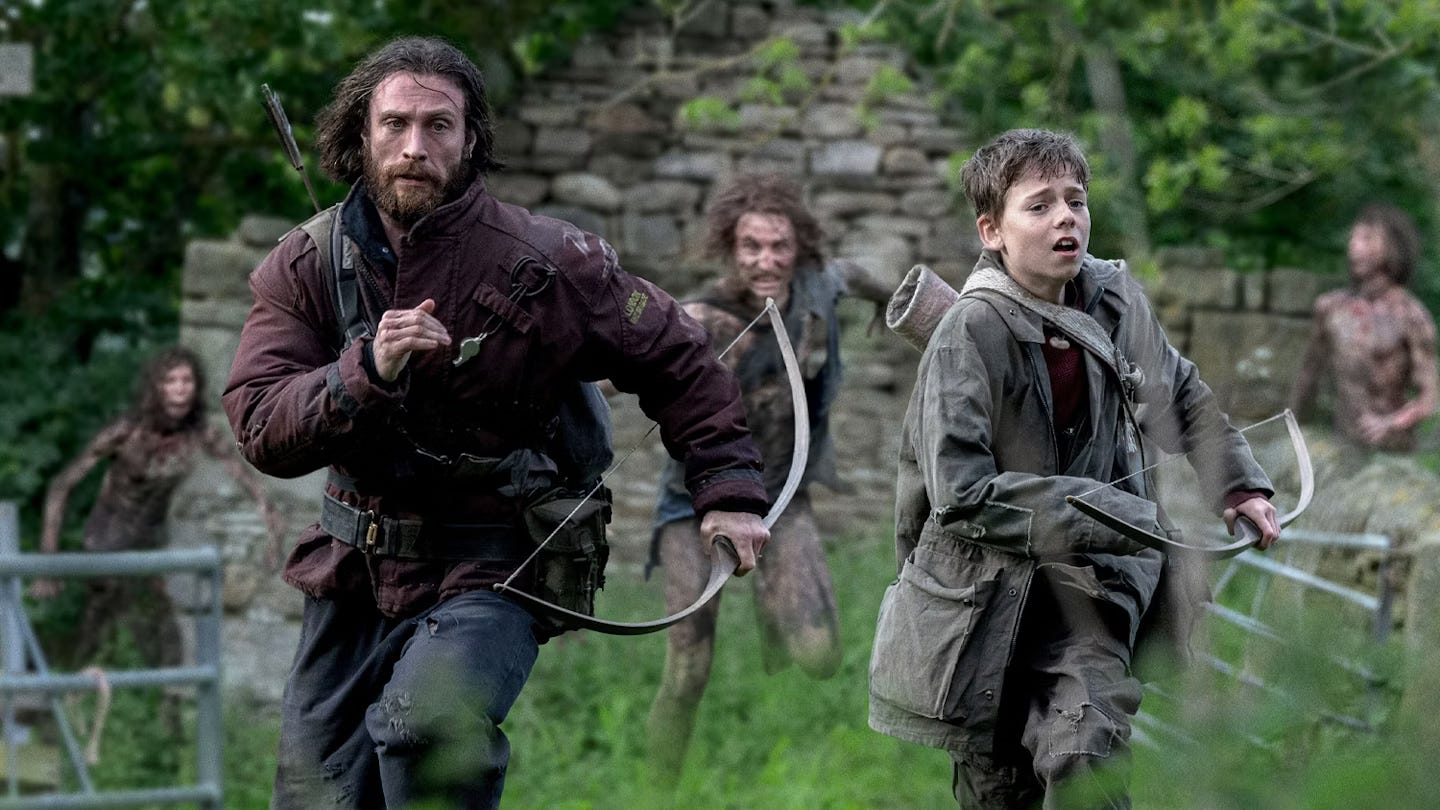The trouble with endings
The closing scene of “28 Years Later” has irritated fans, and for good reason.
WARNING: This article contains plot spoilers
Movie endings are notoriously difficult. Perhaps this is because they are inherently artificial. In real life there are no neat conclusions; we simply blunder on as best we can from one moment to the next. Stories, however, demand resolution: the tying together of loose threads, the sense that the characters we’ve accompanied for the journey have reached their destination. That illusion is essential to narrative satisfaction. Without it, we’re left floundering, as though the storytellers themselves have abdicated their duty.
I was reflecting on this after watching 28 Years Later, the third instalment in the 28 Days Later franchise, written by Alex Garland and directed by Danny Boyle. Like its predecessors, the film is a riff on the zombie genre, with infected human beings taking place for the undead. The reviews have been mixed, and the consensus among fans seems to be that this exhilarating and poignant film is ruined in its final moments.
I should say from the outset that I consider 28 Years Later to be an exceptional film: beautifully paced, visually compelling, and anchored by superb performances from Jodie Comer, Ralph Fiennes and Aaron Taylor-Johnson. Child actors in films are almost always terrible, so it’s a relief to see the talented 12-year-old Alfie Williams as Spike bucking that trend. To my mind, it’s the best of the series.
The ending has proven divisive precisely because the rest of the film is so powerful. In spite of the inherently daft premise that comes with all zombie movies, we cannot help but find ourselves emotionally invested in these characters. We are even able to forgive the heavy-handed swipes at English nationalism, traditionalism and community spirit: the kind of thing that is virtually compulsory for establishment creatives in the post-Brexit era. The concept of a quarantined Britain swarming with maniacal hordes is hardly subtle, but the film’s set-up is so ideally tailored for the horror that ensues that the sledgehammer metaphors are soon forgotten.
The story focuses on a small community on Lindisfarne, a tidal island off the coast of Northumberland, whose geographic isolation provides a natural barrier against the ever-present threat. Spike’s mother is dying of an undiagnosed condition that leaves her addled and prone to outbursts, so when Spike learns of the existence of a doctor on the dangerous mainland, he smuggles her off the island to seek him out. It’s a standard quest story, but the relationships are delicately drawn, and the world that the film constructs feels entirely credible on its own terms.
And then, in the closing minutes, the terms are all but shredded. Just as Spike has learnt to accept the inevitability of mortality and, in particular, the loss of his mother, we are introduced to the ‘Jimmies’. This gang of back-flipping martial artists dressed as Jimmy Savile, complete with tracksuits and heavy jewellery, emerge to rescue Spike from a group of the infected. And just like that, everything that has made the film work – its tone, its narrative coherence, its verisimilitude – is jettisoned in an instant.
— To continue reading this article, please consider becoming a paid subscriber —



